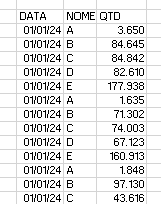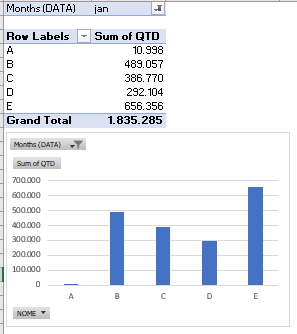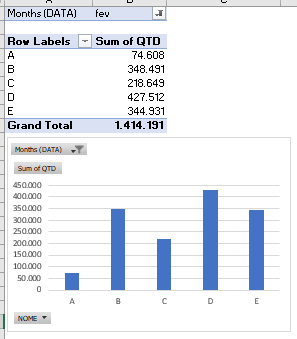Veja se assim resolve.
Private Sub UserForm_Initialize()
Const TOPO As Integer = 54
Const DIST_X As Integer = 10
Const DIST_Y As Integer = 0
Const W_FRUTA As Integer = 80
Const W_CONTA As Integer = 10
Dim lblFruta As Control
Dim lblConta As Control
Dim Fruta As Range
Dim Area As Range
Dim Y As Integer
Dim L_Frt As Integer
Dim L_Cnt As Integer
Dim Linha As Long
Set Area = [B5:B29]
Y = TOPO
L_Frt = 5
For Each Fruta In Area
If WorksheetFunction.CountIf(Area(1).Resize( _
Fruta.Row - Area.Row + 1), Fruta.Value) = 1 Then
Linha = Linha + 1
Set lblFruta = Me.Controls.Add("Forms.Label.1", , True)
Set lblConta = Me.Controls.Add("Forms.Label.1", , True)
lblFruta.Width = W_FRUTA
lblConta.Width = W_CONTA
If Linha Mod 43 = 0 Then
Y = TOPO
L_Frt = L_Cnt + lblConta.Width + DIST_X
End If
lblFruta.Left = L_Frt
lblConta.Left = lblFruta.Width + lblFruta.Left
lblFruta.Caption = Fruta.Value
lblConta.Caption = _
Format(WorksheetFunction.CountIf(Area, Fruta.Value), "00")
lblConta.ForeColor = RGB(255, 0, 0)
lblFruta.Top = Y
lblConta.Top = Y
L_Cnt = lblConta.Left
Y = Y + lblFruta.Height + DIST_Y
End If
Next Fruta
End Sub







